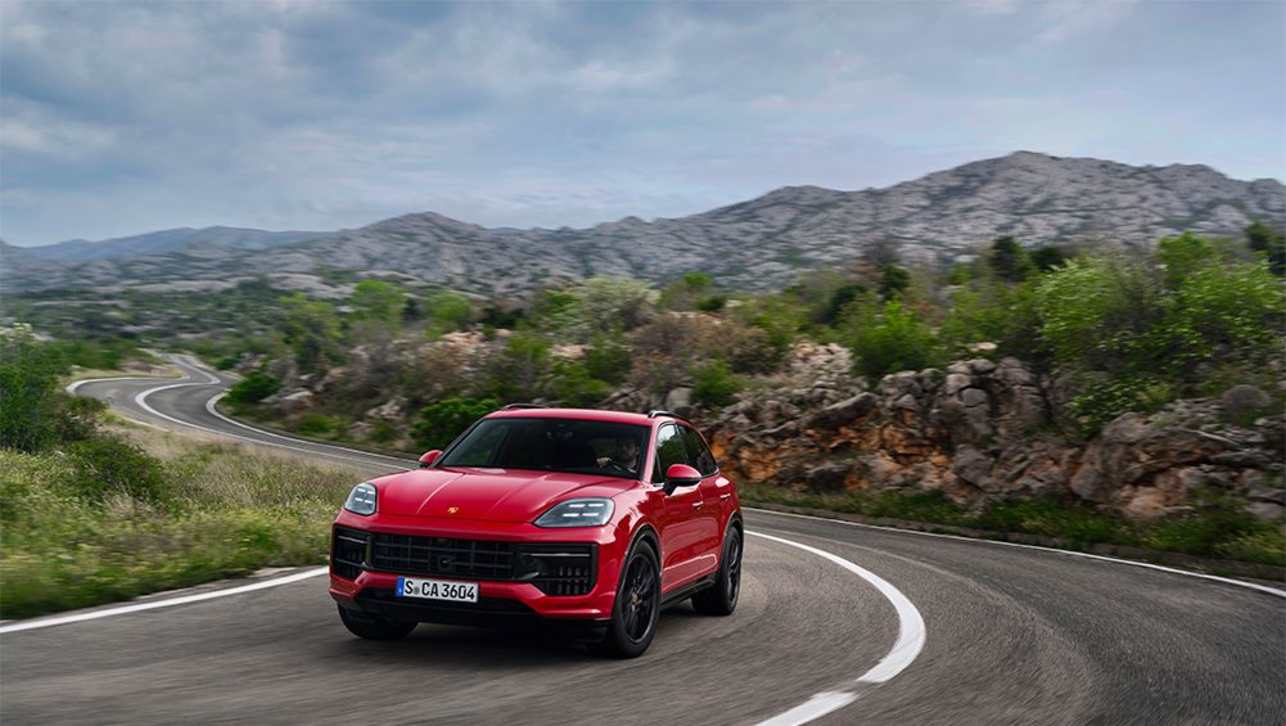Will the Chrysler 300 morph into a battery electric sports sedan from 2024 with performance to embarrass the Tesla Model S while patrolling the streets and highways of Australia?
It’s one of many exciting possibilities, as the owner of the storied American brands Chrysler, Dodge, Ram and Jeep – the recently formed Stellantis – rolls out its electric vehicle (EV) road map for the second half of this decade.
Unveiled back in July, and applicable across all of Stellantis’ car brands including Peugeot, Citroen, DS, Opel, Vauxhall, Fiat, Alfa Romeo, Lancia, Abarth and Maserati, the EV strategy centres around four platforms (STLA Small, STLA Medium, STLA Large and STLA Frame for body-on-frame trucks/SUVs), three powertrains and single scalable inverter.
For the American brands, the latter two will be the most relevant, with the STLA Large set to underpin a range of electric muscle cars from 2024 that Dodge says will "Tear Up the Streets … Not the Planet."
The numbers are astonishing: up to 660kW of power, 800km of battery range and a 0-100km/h sprint time of just 2.0 seconds for the quickest version. These exceed current Tesla stats, and demonstrate how serious Stellantis is about nurturing its performance coupes and sedans through the transition to electrification.
For North American buyers, this is also confirmation that the Dodge Challenger coupe (Ford Mustang rival) and very-closely related Dodge Charger four-door sedan (think Kia Stinger) will live on in spirit while evolving with the times, taking on rivals like the Mustang Mach-e and expected future all-electric Chevrolet Camaro, among a host of other competitors.

However, none of the above-mentioned models are offered in Australia (for now), while Dodge was discontinued when the Journey SUV shuffled off dealer lots in 2016, raising the possibility of the so-called ‘eMuscle’ models arriving here, with the Charger badged as Chrysler 300 instead for our market.
And why not? Since 2005, the 300 nameplate has garnered a strong following – particularly in hot SRT guise, first among performance buyers and latterly as pursuit vehicles for various police forces in Australia since the demise of the locally-built Ford Falcon and Holden Commodore in 2016 and 2017 respectively.
Of course, this sort of badge swapping isn’t new between Chrysler and Dodge, as the Dodge Magnum wagon was sold in Australia as the Chrysler 300C wagon in the latter 2000s, underlining the rear-wheel-drive (RWD) platform commonalities between the Chrysler and Dodge models. In this case, it was Mercedes-Benz's W211 E-Class-heavy LX architecture.
_0.jpg)
Meeting law-enforcement needs may also be driving future development.
Whether the 2024 Dodge eMuscle cars spawn a police variant is still unconfirmed, but the Charger is entrenched in the US as a staple of North American government and law enforcement agencies, just like its 350kW/637Nm 6.4-litre Hemi V8 Chrysler 300 SRT cousin is a fixture among the police in Australia.
In both cases, this is due to their unmatched bang for your buck, undercutting other patrol and pursuit vehicle options like the Ford Explorer in the US and the BMW 5 Series locally.
It isn’t just the police that are swelling Charger sales, as it’s proved popular among private buyers since the badge was revived in 2004, helping shift nearly 1.4 million units to the end of 2020, and a further 61,000 so far this year. For a car that’s two decades old, this is a strong indication that muscle cars are far from over.
Additionally, the competition is heating up from Dodge’s other homegrown competitors.
.jpg)
For starters, Chevrolet, is said to be working on a four-door Camaro EV for North America.
Built on its coming BEV3 platform, it will usurp the existing coupe in about 2025, according to reports. Plus, the EV sedan could also pave the way for the return of nameplate under the General Motors Specialty Vehicles (GMSV) concern GM set up post-Holden, following its local demise early last year.
Ford, too, is also expected to electrify its core Mustang coupe range in the latter half of the decade, to sit alongside the Mach-e SUV. There are even rumours that other body styles will spring from the next-generation S650 model slated for unveiling later in 2022.
What all this sudden EV muscle-car activity suggests is the rise of the big sports sedan/coupe market, as their flexible modular platforms with inherent low-centre-of-gravity dynamics, high-output performance and slinky styling strike a chord with consumers tired of the constant onslaught of SUVs.
.jpg)
It’s also a point of difference and a return to their roots for the American brands, who have struggled since their mid-20th Century heyday to meet the challenges set by imported rivals.
Chrysler, GM and Ford no longer even bother to offer small and medium front-drive models to take on the likes of the Honda Civic and Toyota Camry, but are instead reimagining their greatest hits back-catalogue with a modern – and hopefully profitable – twist. Like the barrage of Hollywood sequels and franchises clogging our cinemas, using what works seems to be a key strategy to survive moving forward for Detroit. Looking back to move forward.
The irony is that it took a disruptor like Tesla and its revolutionary Model S and Model 3 to show the legacy US carmakers how to find their mojo again, embracing the antithesis of what a traditional V8 represents – electrification – to achieve this.
Will Australian muscle-car buyers be ready to do the same if or when the Chrysler 300/Dodge Charger-replacement eMuscle EVs and their ilk finally break cover?
No doubt the local law enforcement agencies will be watching this space very closely indeed…







.jpg)
.jpg)



.jpg)
.jpg)
.jpg)





.jpg)
.jpeg)

.jpg)

.jpg)




Comments